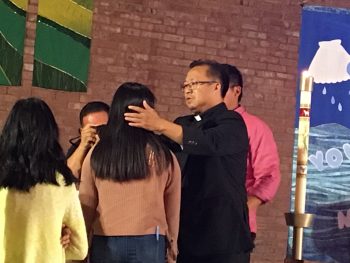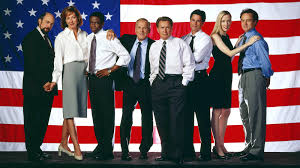The Saints Nick and John the Baptist
November 26th, 2018 By Pastor John Hulden
By Pastor John Hulden
It’s Cyber Monday! I’m writing a blog instead of Christmas shopping online. You are welcome. We are also approaching the First Sunday in Advent.
Sheesh, it’s either really hard or an amazing opportunity for us church-y folk during this time of Advent-waiting and Christmas-shopping. Although being counter-cultural is not easy, it sure isn’t difficult to get on a soapbox or hop on our high horse or climb into a pulpit and rip into all the craziness of the holiday-shopping craze. I know I don’t have all the answers on how to really put Christ back into Christmas. (And I’m guessing I wouldn’t see eye-to-eye with the folks who sell those bumper stickers either. But I’m just guessing.)
“Did you know TVs are really cheap on and around Black Friday?”
Here’s my confession: Did you know TVs are really cheap on and around Black Friday? I got a Black Friday TV for my birthday last Friday. (Yes, Black Friday landed on my birthday this year.) I’m feeling a little guilty, but my family reminds me — it was a gift! Plus, it is supposed to have a really clear picture, and the outside of the box says it is a “smart” TV. That’s good, isn’t it?
SOME PREACHER SOMEWHERE, probably many years ago, tried to make a comparison between Santa Claus and Jesus. It didn’t work for me. I suppose it was a noble attempt to draw a clear line between crass-commercialization and the platitudes of the beatitudes. (Shoot, I just looked up the definition of “platitudes” — not the right word for the beautiful and powerful beatitudes — but it rhymed so well.)
Here’s my attempt at a better comparison during these paradoxical weeks leading up to the Festival of the Incarnation.
Jolly Ol’ Saint Nick vs. John the Baptizer
- They both live far away from everyone North Pole in the remote wilderness
- They both have a unique outfit red suit, big black belt camelhair coat, leather belt
- Crowds gather at parties, the mall, and parades at the river way out of town
- Their message asks who’s naughty or nice tells everyone they’re straight-out naughty
- Their unique diet cookie and milk, then up the chimney grasshoppers dipped in honey
- They point to ??? Jesus
Blessings to you as you navigate Advent and the inescapable Pre-Christmas Hoopla. I’ll do my best to muddle through, but I do know I plan on finding a midweek evening Advent vespers service.
Happy Blessed Advent.

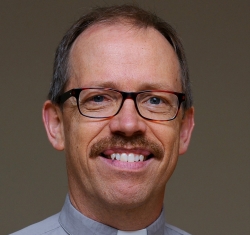
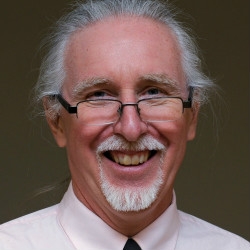
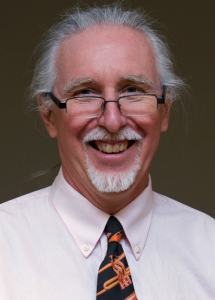 By Bob Hulteen
By Bob Hulteen 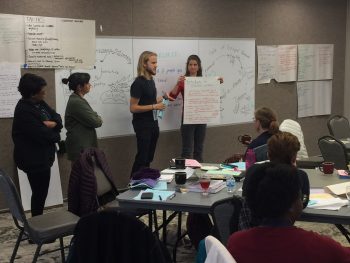
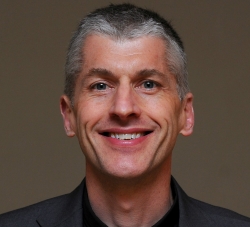
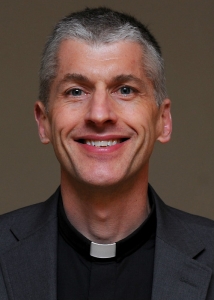 By Pastor Craig Pederson
By Pastor Craig Pederson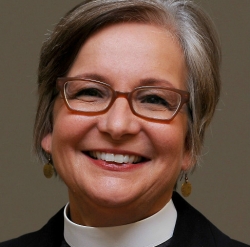
 By Rev. Deb Stehlin
By Rev. Deb Stehlin 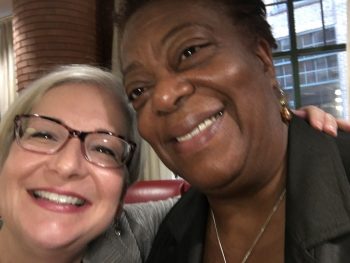
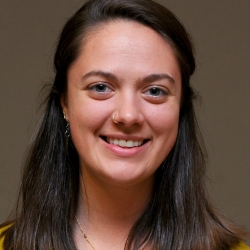
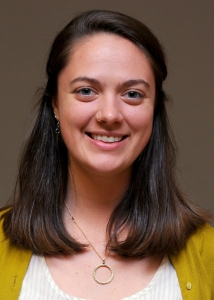 By Emilie Bouvier
By Emilie Bouvier 